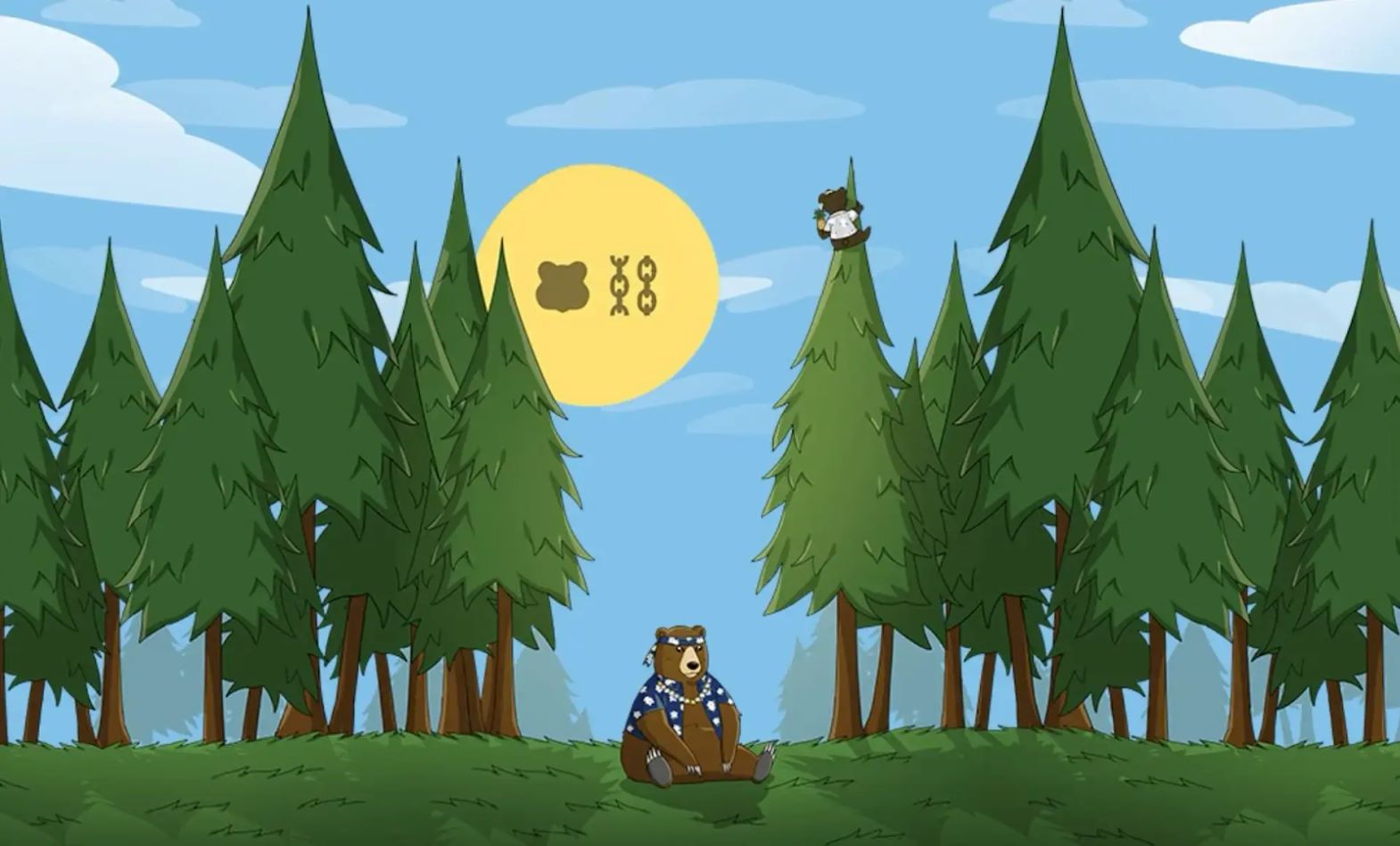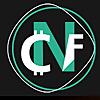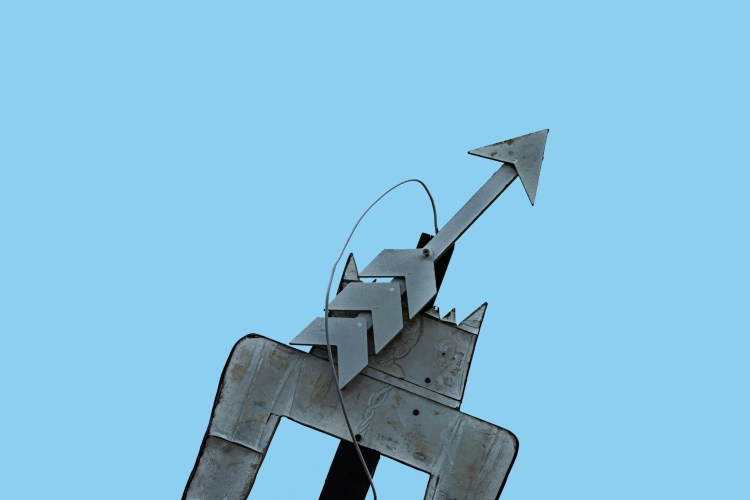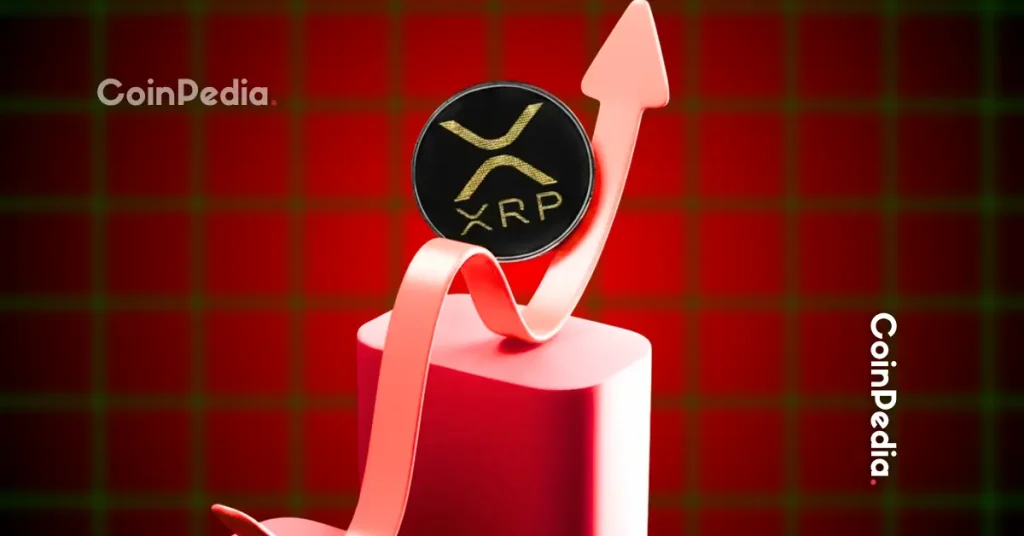ARTICLE AD BOX

- Berachain introduces native Solana liquidity and compoundable LSTs to boost flexibility and cross-chain participation in its PoL economy.
- McBera and Bectra upgrades enhance the Berachain user experience with smart wallets and command-based DeFi navigation.
Berachain is back to rock its liquidity kitchen. Through the BGT Foundation, they have just released the 13th batch of the Reward Funded Request Vaults (RFRV) program which further expands the scope of the Proof of Liquidity (PoL) economy.
This time, the approved projects are quite diverse—ranging from validator-backed DAOs, native liquidity from the Solana network, to the Liquid Staking Tokens (LST) exposure scheme that can be automatically compounded.
If previously the focus of the vault was more inclined towards stablecoins and liquidity incentives, this latest batch feels more experimental in its approach. But not in the sense of being careless, instead, through the combination of unique functions from various networks and mechanisms, the Berachain ecosystem now looks more alive and does not only revolve around the WBERA token.
Decisions on the latest batch of RFRVs have been delivered by the @bgtfdn on behalf of the Guardians. A validator-backed DAO, Solana-native liquidity, and compounding LST exposure enter the PoL economy.
New vaults from @ApiologyDAO, @0xhoneyjar, and @KodiakFi have been… pic.twitter.com/D8S22Pfzg6
— Berachain Foundation 
 (@berachain) June 26, 2025
(@berachain) June 26, 2025
Solana Liquidity and LSTs Reshape PoL Strategies
One of the most striking things is the inclusion of native liquidity from Solana. This integration opens the door to cross-chains more organically, without the need for complicated bridges.
At the same time, exposure to compoundable LSTs provides an added incentive for those who want to maintain their staking positions without losing flexibility. And this isn’t just lip service—vaults like Beraborrow, for example, allow users to use their staked tokens as collateral while still earning rewards from the PoL scheme.
Furthermore, some previous RFRV proposals like Kettle have also maintained a focus on real-world assets. Yes, tokenized luxury watches are still a big draw. Then there’s Eden, a gachapon-style vault that injects gamification into user engagement. This combination of financial and entertainment experiences seemed to work well in previous batches, so it’s no wonder it’s being developed further.
Last but not least, Berachain is also pushing for more pool variations, such as stablecoin mixes between NECT, USDC, USDT0, and HONEY via BurrBear. The Paddle Finance project has also caught the eye by allowing users to pledge collectible NFTs like Steady Teddys for access to loans. It’s a bit odd, but isn’t that the whole point of DeFi?
Berachain Blends AI-Like Commands with Wallet Upgrades
On the other hand, CNF previously reported that Berachain also launched the beta version of Beratown Home—a new look for the interactive interface. In it, the McBera feature is the main star. Users can simply type in commands directly without having to switch applications.
For those who usually open multiple tabs when transacting DeFi, this feature is like a personal assistant who knows all the shortcuts.
However, the user experience improvements are not only from the interface. In mid-June, the Bectra upgrade introduced a smart wallet that can limit spending, combine transactions in one batch, and even cover gas fees for users. This feature not only pampers end users but also provides more space for developers and validators to manage staking and blob data efficiently.
Unfortunately, as of press time, the BERA token is trading at about $1.62, down 5.37% in 24 hours. This caused the market cap to drop below $195 million.
.png)
 4 months ago
8
4 months ago
8








 English (US)
English (US)